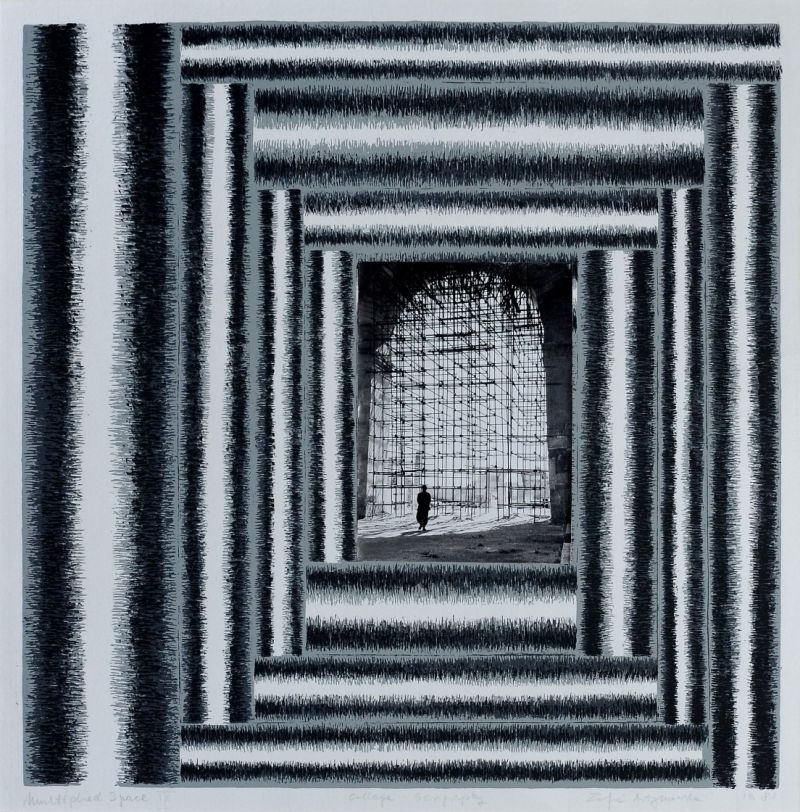The Bochum Art Museum – the Collection of Polish Art
Mediathek Sorted

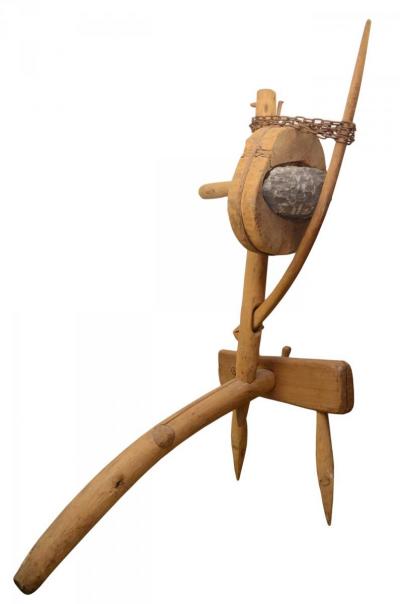





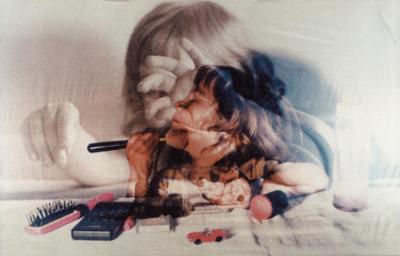



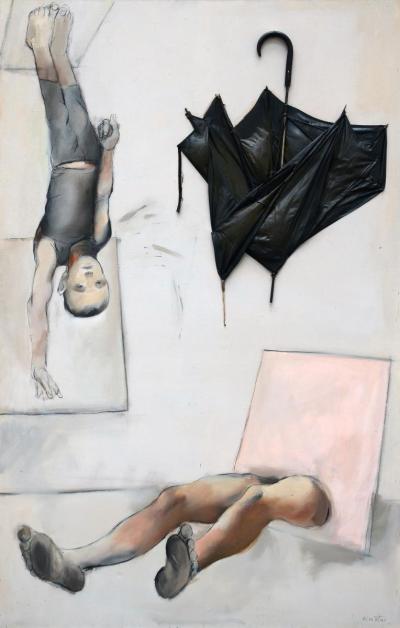
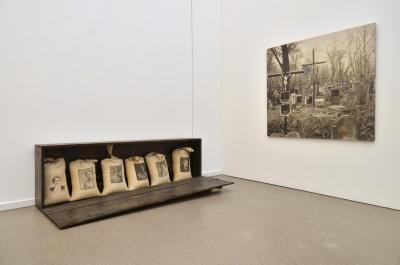








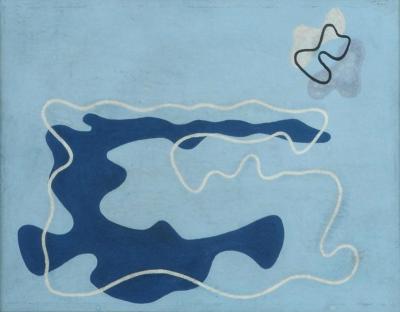

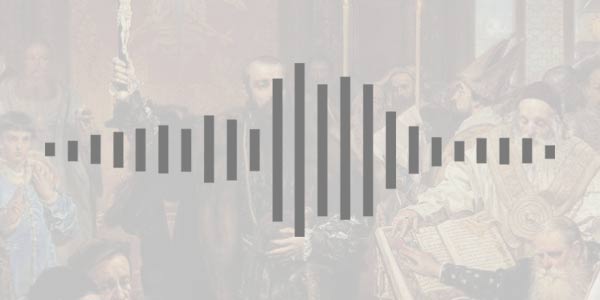
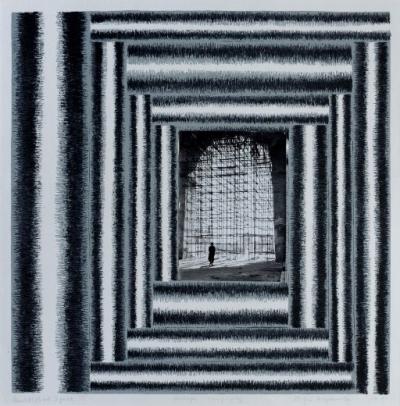
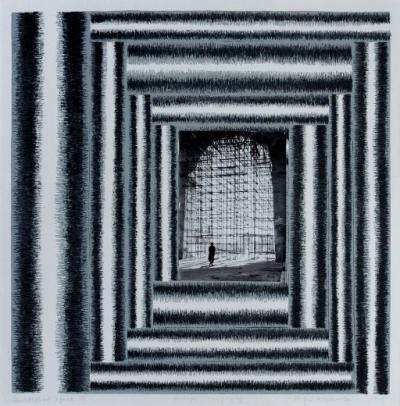
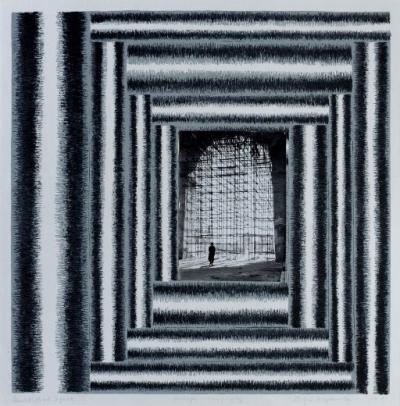

That said, some periods in Polish artistry are not represented at all in the collection of the Bochum Art Museum: to be precise all those styles before and simultaneous with Constructivism, like Jugendstil, expressionism, DADA and Surrealism, not forgetting Polish “Colourism” (also known as “Kapism”), a sort of neo-Impressionism practised by Polish artists in Paris in the 1930s and 1940s. One of the reasons for this is that when the Bochum Museum was set up it decided to restrict its area of collections to “post-1945 art” and this was only extended to the whole of the 20th century when Peter Spielmann took over as director in 1972.
The earliest represented generation of artists including Strzemiński, Henryk Stażewski (*1894) and Henryk Berlewi (*1894) was closely linked with international constructivism: it even set up its own constructivist artists’ association in Warsaw in 1924, the “Block” group (Blok Kubistów, Konstruktywistów i Suprematystów). Its national charisma was so powerful that the next generation of artists, who only learnt their craft after 1945 because of the Second World War, once more tended to concentrate on constructivist graphic art. These artists include Zofia Artymowska (*1923) and Jerzy Grabowski (*1933). That said, Berlewi and Stażewski also celebrated a comeback in the 1960s under the impression of geometric Op Art and minimalist conceptual art from the USA.
Similar to the GDR, Soviet socialist realism in literature and the pictorial arts in Poland were turned into state doctrine at the end of the 1940s. At the end of 1947, in a speech given by the newly elected Polish president Bolesław Bierut on the occasion of the opening of the radio house Breslau/Wrocław, he spoke of “the duty of artists to take their inspiration from the broad mass of the people”. Socialist Realism was made mandatory at the “4th General Congress of the Association of Polish Pictorial Artists” in June 1949. Nonetheless, at the same congress the dramaturg and painter Tadeusz Kantor (*1915), who had been the director of an underground theatre in Kraków during the war, spoke out in favour of the continuation of avant-garde art. Whereas Aleksander Kobzdej (*1920), a representative of the Sopot School, quickly became a recognised representative of socialist realism, Kantor (1949 in Kraków) and Strzemiński (1950 in Łódź) were dismissed from their university posts on the grounds of their disregard for socialist realism. On his return from a journey to Vietnam in 1953/54 Kobzdej turned his back on official state art and orientated himself even more to the international avant-garde after trips to Western Europe in 1957 onwards. In 1955 the Polish Minister of Culture Włodzimierz Sokorski, announced that from now on other experimental artistic forms would be permitted – a development that had been looming since the death of Joseph Stalin in 1953. As early as 1955 at the exhibition of “General Polish Recent Art” there were no more works of socialist realism on show.
By contrast to the GDR where socialist realism continue to exist right into the 1970s, the reason for this development in Poland can be attributed to the fact that Polish cultural officials began to see that socialist realism painting had become torpid and encrusted, and that Polish artists clearly loved to make the most of their freedom to travel in the West. Kantor, whose paintings, object art and installation art are represented in the Bochum collection, travelled to Paris for the first time as early as 1947. In 1957 and 1960 Kobzdej undertook study trips to Italy, Austria, France, and Switzerland; these were followed in 1960 by journeys through the USA, to England and in the Netherlands. In 1959 Hasior (*1928) received a grant from the French Ministry of culture to travel to Germany, Belgium, Holland and Italy; and finally worked in Paris. Lebenstein (*1930) used a grant from the Polish Ministry of culture to travel to Paris in 1959, where he remained permanently. Makowski (*1930) also worked in Paris between 1962 and 1963, whereas Artymowska had been a professor at the University of Baghdad since 1960. At the start of the 1960s Tarasin (*1926) travelled through the Netherlands, to France and to Sweden. A huge number of artists represented Poland at the Biennale in Venice in 1954, 1966, 1970, 1972; and at the Biennale in Sao Paulo in 1959, 1963, 1965, 1967 and 1969. As a rule they had been having solo exhibitions in Western European countries since the 50s and 60s. Kulik (*1947) had his passport withdrawn by the Polish cultural authorities once more after a work he presented at an exhibition in Malmö in 1975 incurred official disapproval.
As a result of their travels Polish artists had intensive contacts with the international art scene and processed these experiences against the background of their own personal development and events in Poland to create their own international avant-garde works. Thus Bereś, Kantor, Hasior and Kobzdej created works related to object art and assemblage techniques; and Fijałkowski, Kobzdej, Lebenstein and Tarasin made important theoretically new contributions to informal art. Makowski and Hasior produced individual works on late surrealist art, and Bereźnicki (*1935) worked on figurative painting. Myjak (*1947) is one of the most important contemporary sculptors: his works have features related to Henry Moore and Alberto Giacometti. Kulik (*1947) and Deskur (*1962) are widely regarded as outstanding representatives of international photographic art. Installation art created by Kantor and Deskur, whose works are separated by a gap of twenty years (1976 and 1997) are both represented in the Polish collection at the Bochum Museum of Art. Karsten, who shows her installations in Germany and Poland, is also represented by one of her early objects. Furthermore she is closely linked to the Bochum museum by a major exhibition of spatial installations that was shown in 2001.
The selection of Polish art in the collection at the Bochum Art Museum featured here not only comprises the most important artists and art historical periods; it also covers a representative cross-section of artistic genres including painting, sculpture, graphic works, photography, object art and installation.
Axel Feuß, April 2015





















































































